You’re doing a track day in your Porsche Cayman. It’s the Silverstone Grand Prix circuit. Ahead, you catch a glimpse of a shard of automotive exotica.
As you power through Becketts, you pick out the shape of a LaFerrari. It disappears on the straight because you have 370bhp to its 950bhp, but by the time you’ve reached the exit of Stowe your windscreen is full of Ferrari once more. You nip by under braking for Vale and as you leave Club and look in the mirror again, it’s gone.
This is not a fantasy. It may be that the Ferrari driver wasn’t trying hard, but in a day spent driving the latest GT4 racers at a Silverstone track day populated not only by LaFerraris but also Radicals, BAC Monos, Ariel Atoms, Porsche 911 GT3 RSs and other apocalyptically fast road cars, nothing got a sniff of the exhausts of any of the GT4 race cars we had gathered to investigate and enjoy.
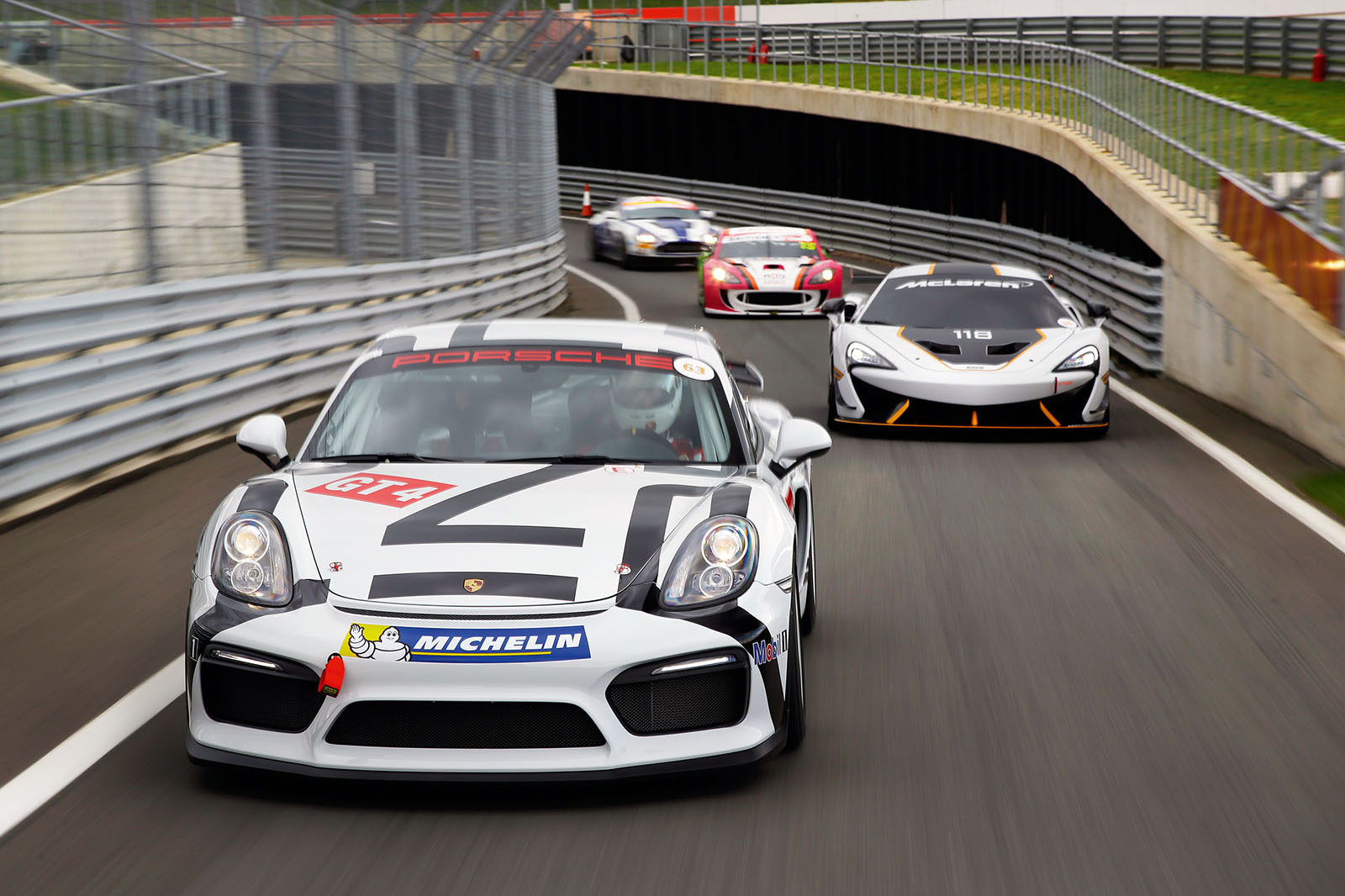
It seems odd that you can take a car like a Cayman, throw some race suspension, slick tyres and a bit of aero work at it and emerge with something that, over a lap, will humble the fastest street machines. But such is the magic of the GT4 car, an accessible and, for many, affordable formula which, along with the horrendous costs of modern GT3 racing, explains the interest it is currently enjoying around the world.
GT4 cars can be raced as part of the British GT Championship, in the Britcar championship and in a dizzying array of series and 24-hour races. Cars are mainly based on production road models with stripped interiors and the aforementioned suspension, tyres and aero. Crucially, performance between competitors is levelled by the authorities by many different Y means via the so-called Balance of Performance process, but it is usually done by limiting power through engine restrictors, adding ballast or clipping wings – which is how the McLaren 570S GT4 seen here should be no faster over a lap than the Cayman. Or that’s the theory.
More manufacturers are joining GT4 all the time, and it’s not hard to see why. Aston Martin has been in from the start and has now built 112 GT4 V8 Aston Martin Vantages, while there are expected to be up to 100 570Ss racing in GT4 next year.
I try the Aston first. It’s the one with which I am very familiar, as I shared an almost identical car in the Silverstone 24 Hours event last year.

Everywhere you look are signs that this is a fully developed endurance racer, from the big stuff like a proper race-spec digital dashboard and the 12 different settings for the ABS and traction control, to the tiny details, such as the little hook on the roll cage on which to hang the detachable steering wheel. For last year’s Silverstone race I was told only to look after myself, because the car could take anything we threw at it for 24 hours straight, and so it proved.
The big V8 is near enough standard and runs through the normal car’s seven-speed automated manual gearbox, but with race exhausts it thunders into life. It’s as easy to drive onto the circuit as its road-going equivalent, but until you’ve got some heat into its set of well-used slicks, it has no grip at all.
But Silverstone’s GP circuit is perfect for cars that, by normal racer standards, are quite big and heavy. They need space and highspeed corners to feel their best and make the most of their small but significant levels of downforce. And here the Vantage is a riot. Its strength is not any one of its power grip or braking but the confidence it imbues. Many who race such cars are not professionals but competent amateurs who’ll go faster in a car with viceless limit handling than in a technically quicker but trickier car. The Aston is that car. Even with tyres that made it understeer on entry and oversteer on exit, you never get the sense it’s waiting to get away from you. And I remember from the race that on new slicks it made me feel like a superhero – and is that not what such cars should do for their owners?

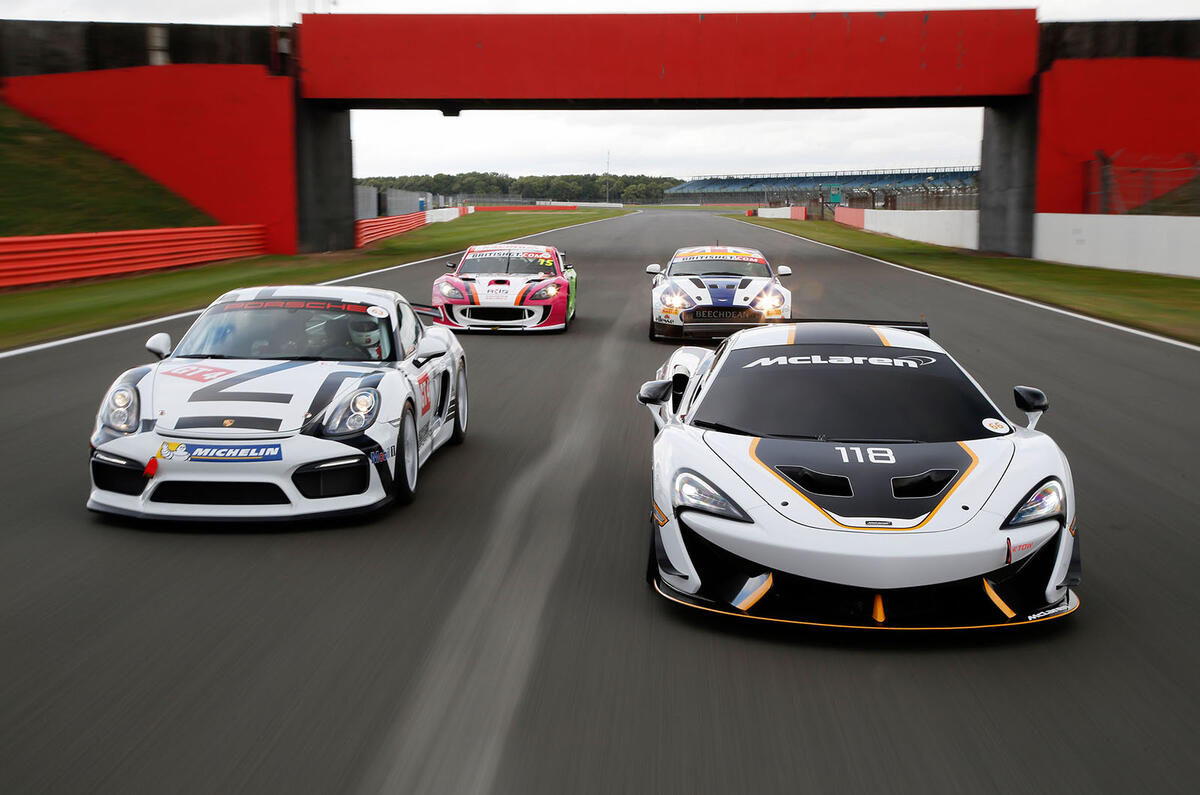
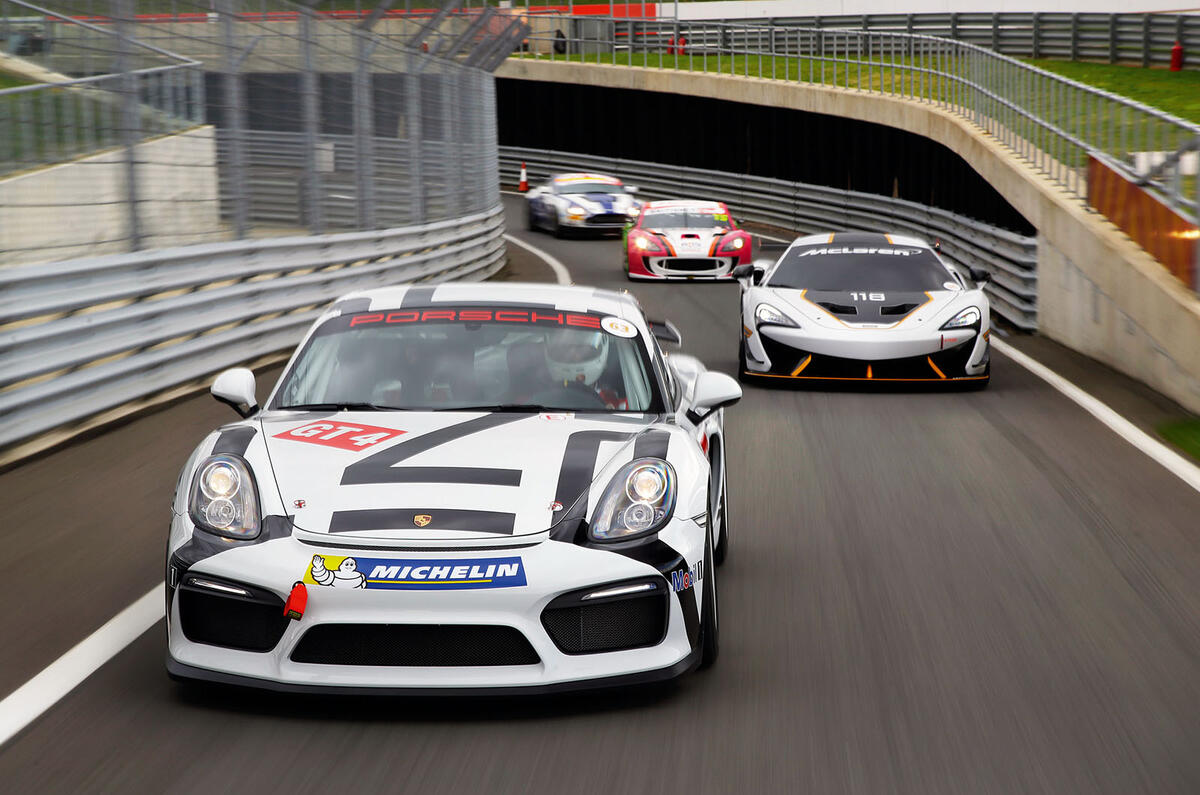
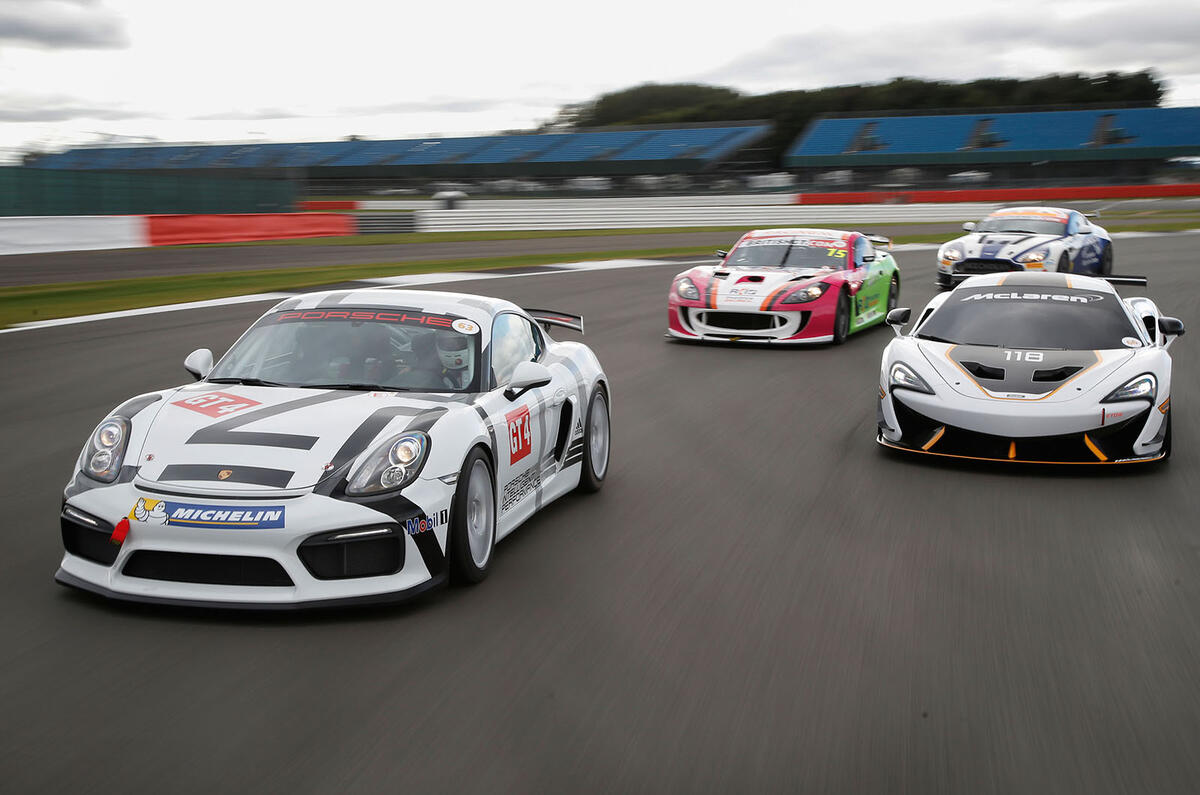
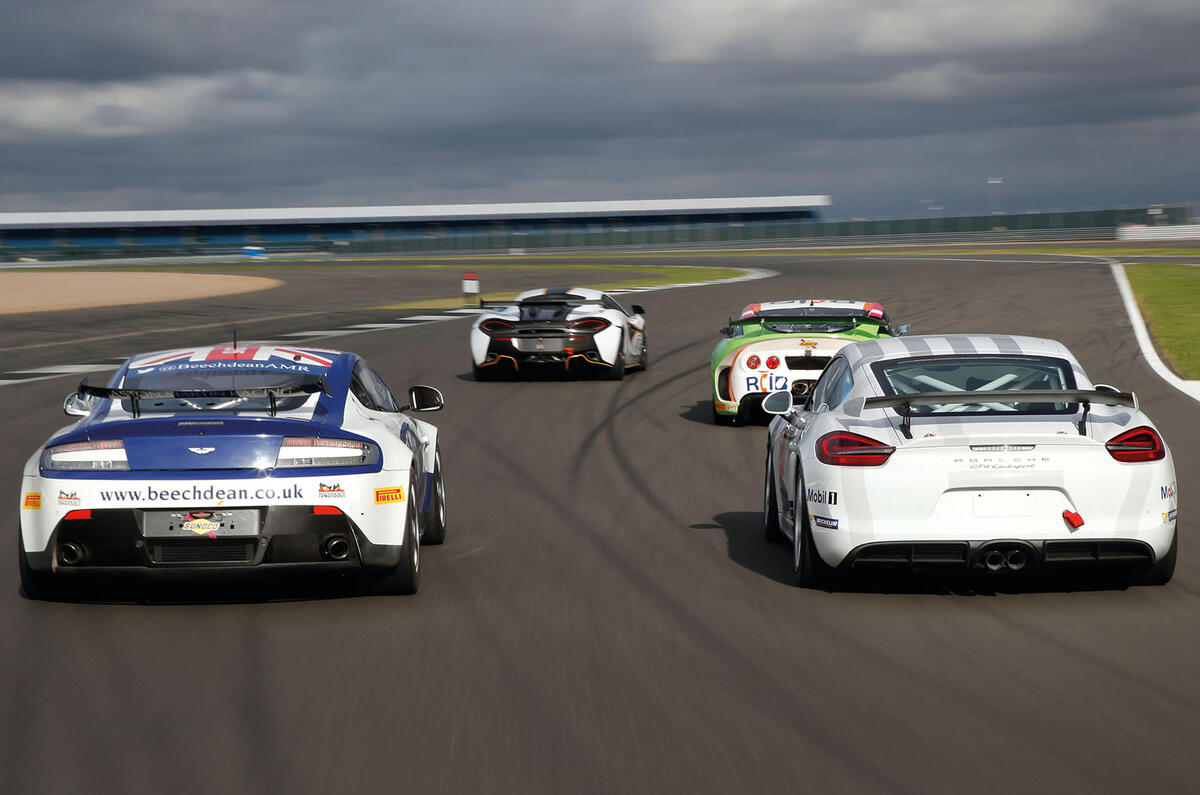
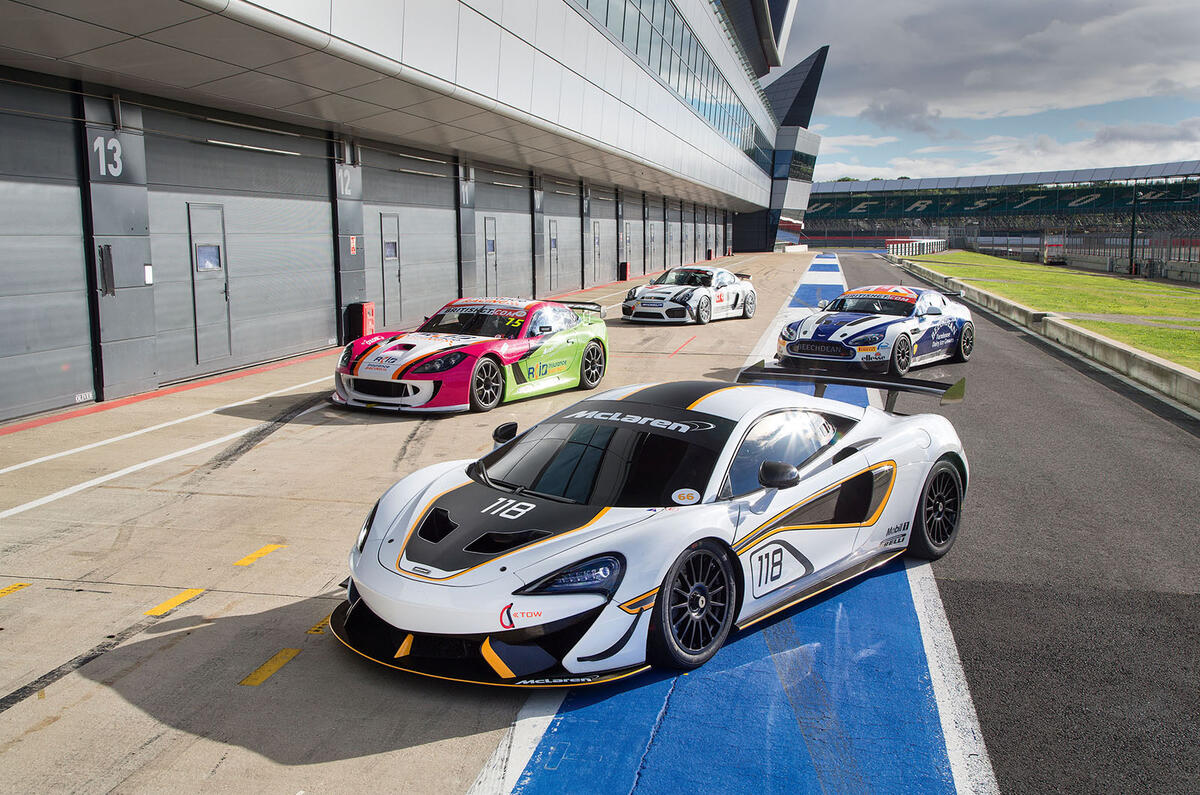


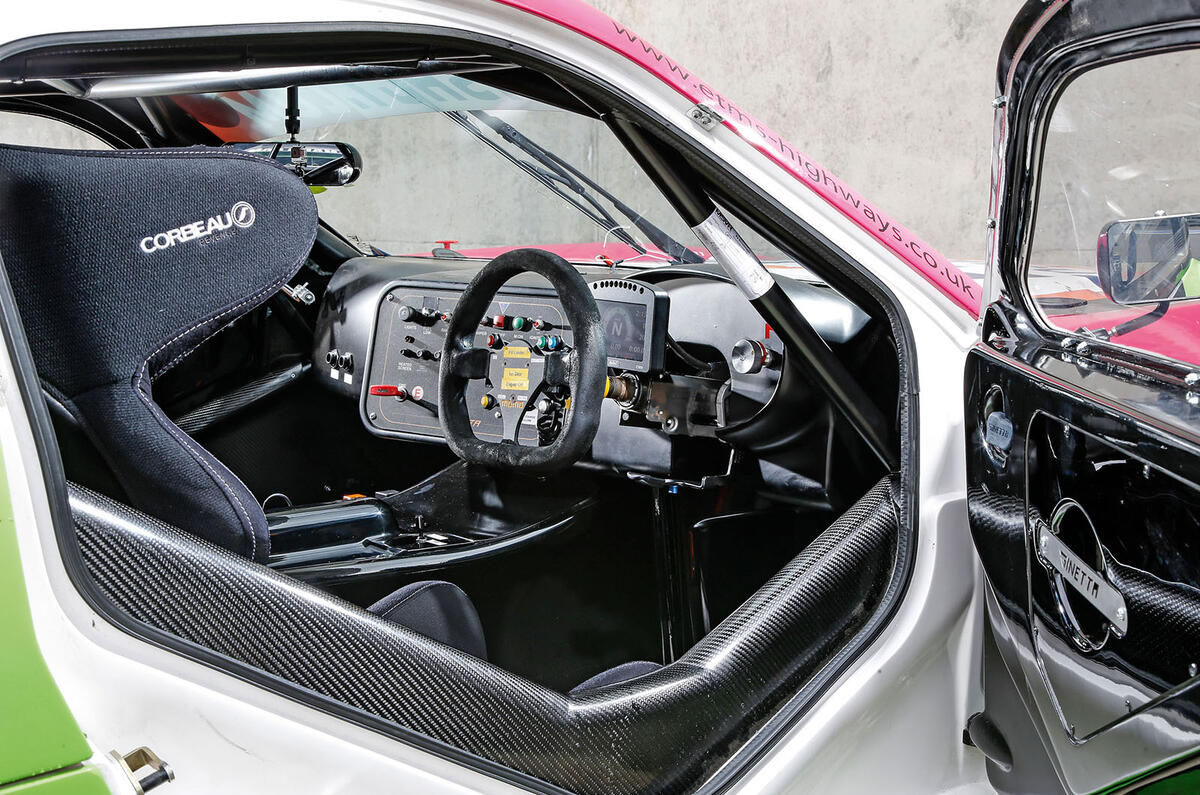

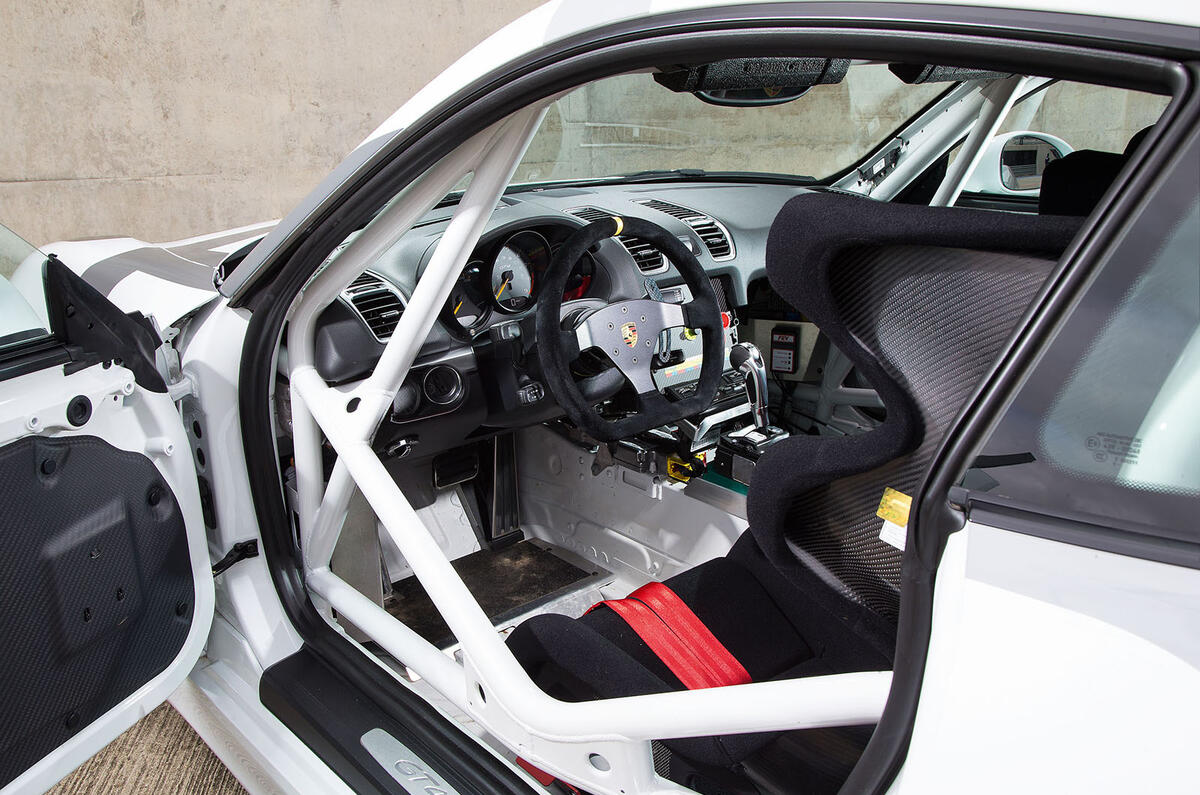
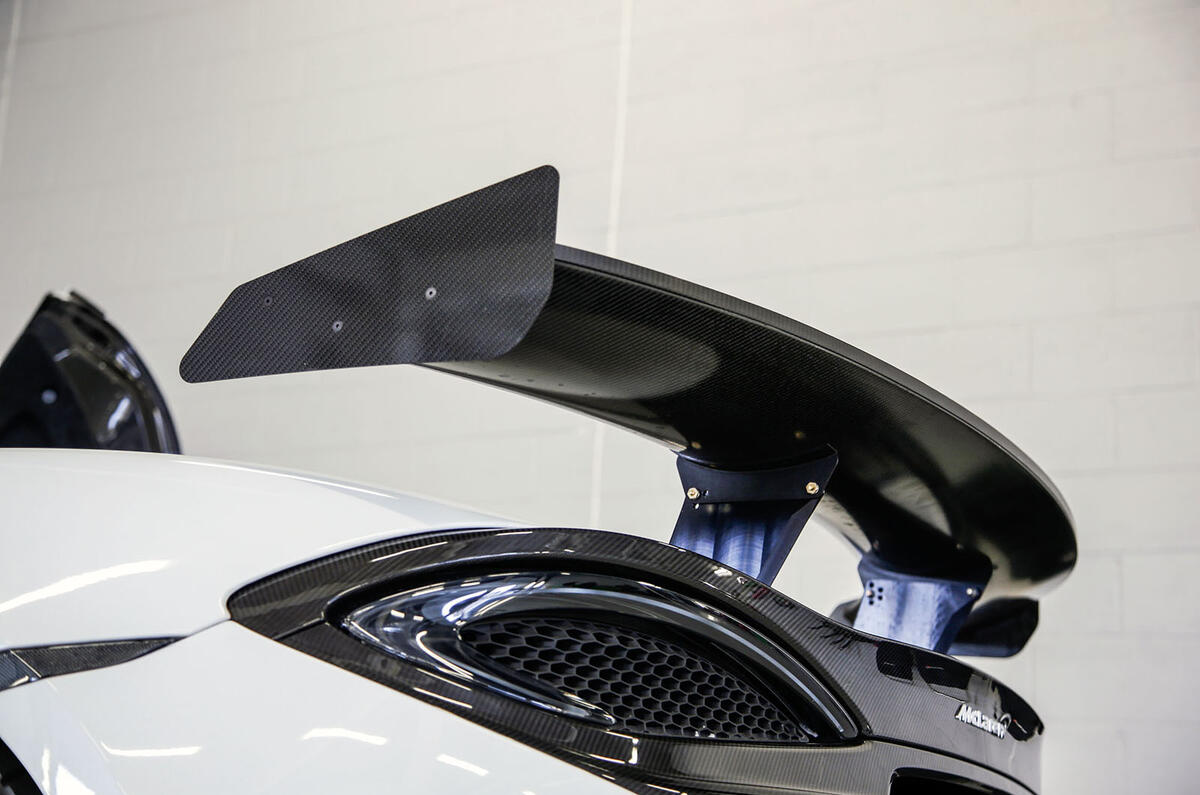
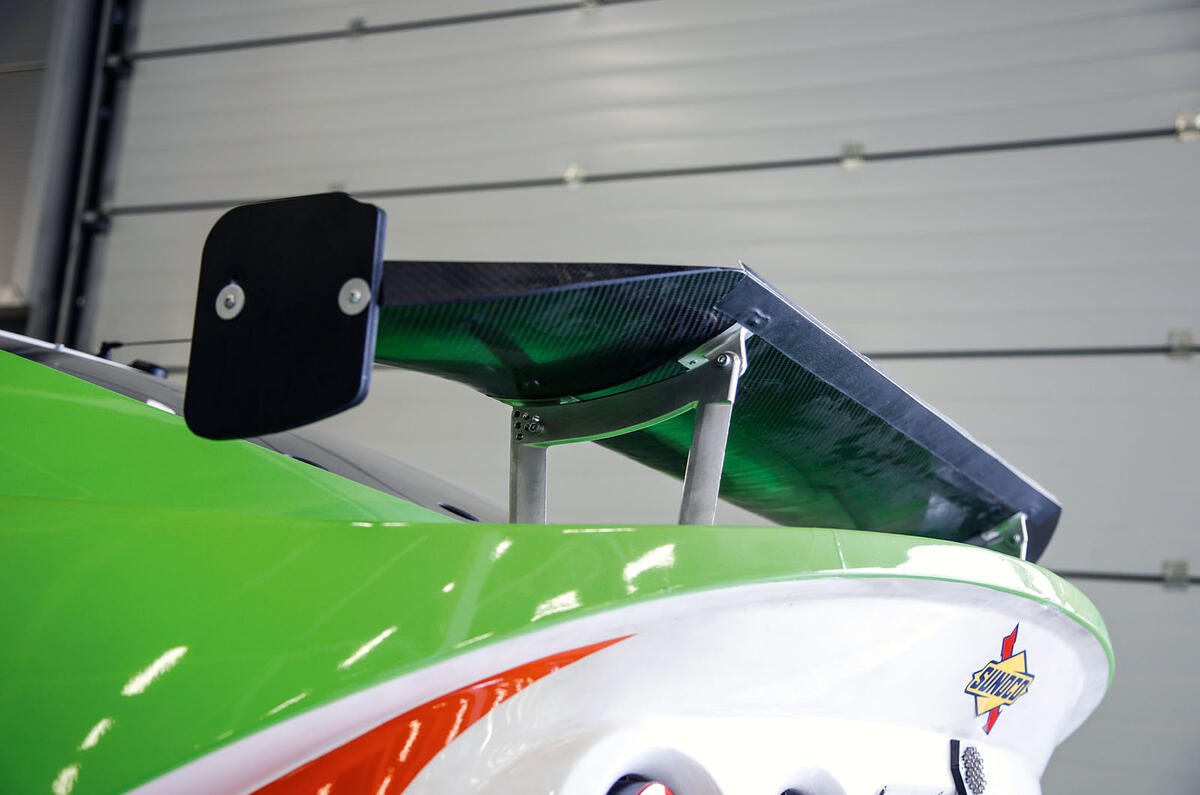
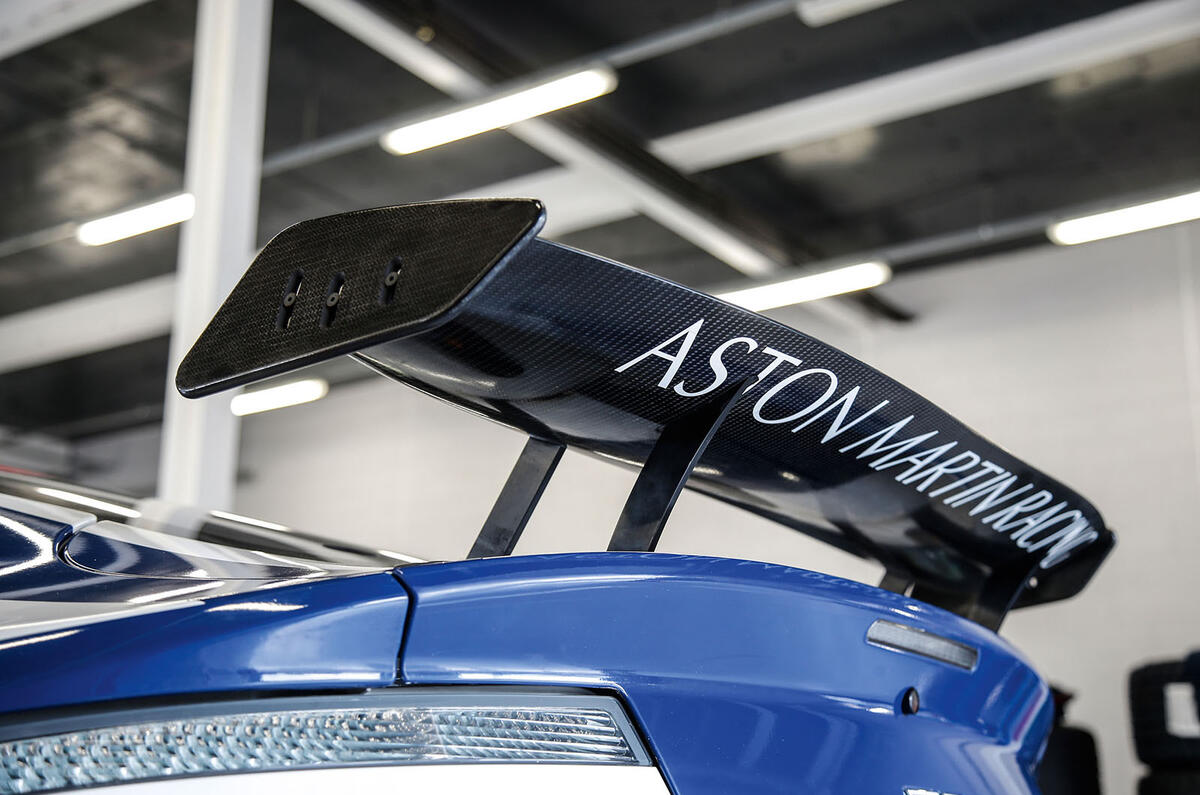
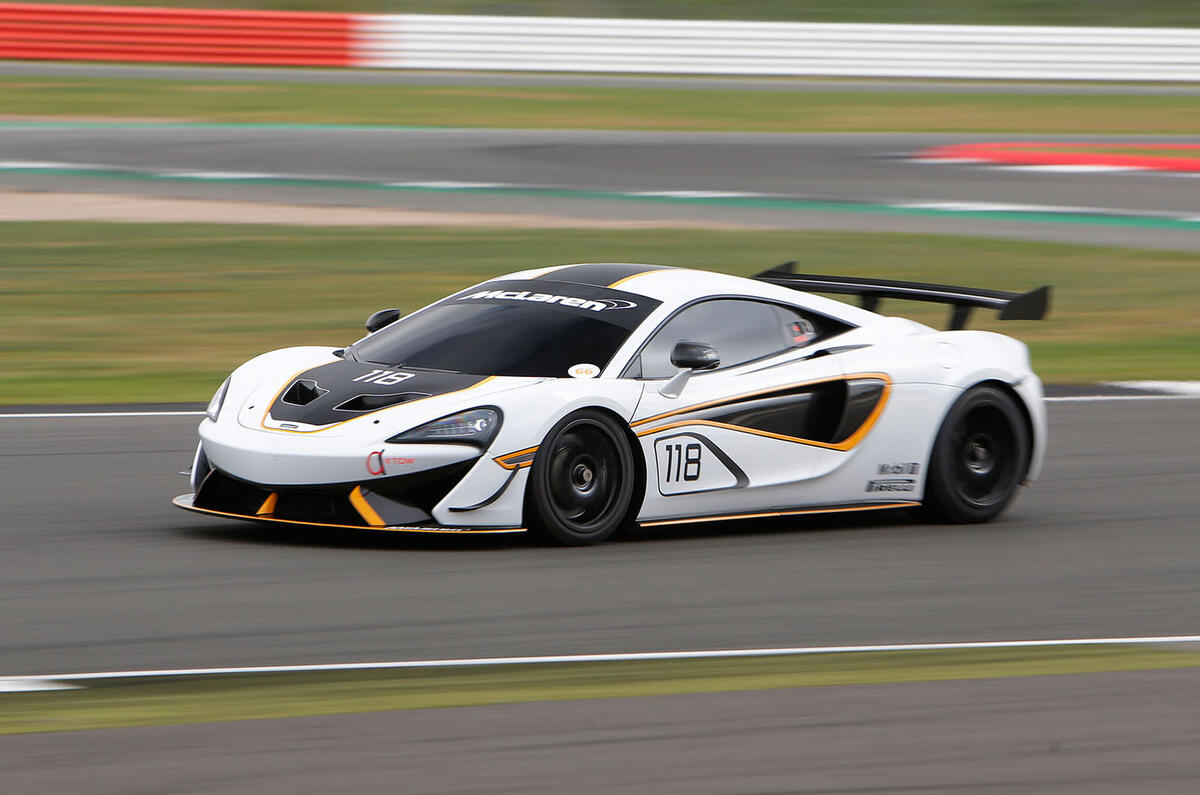
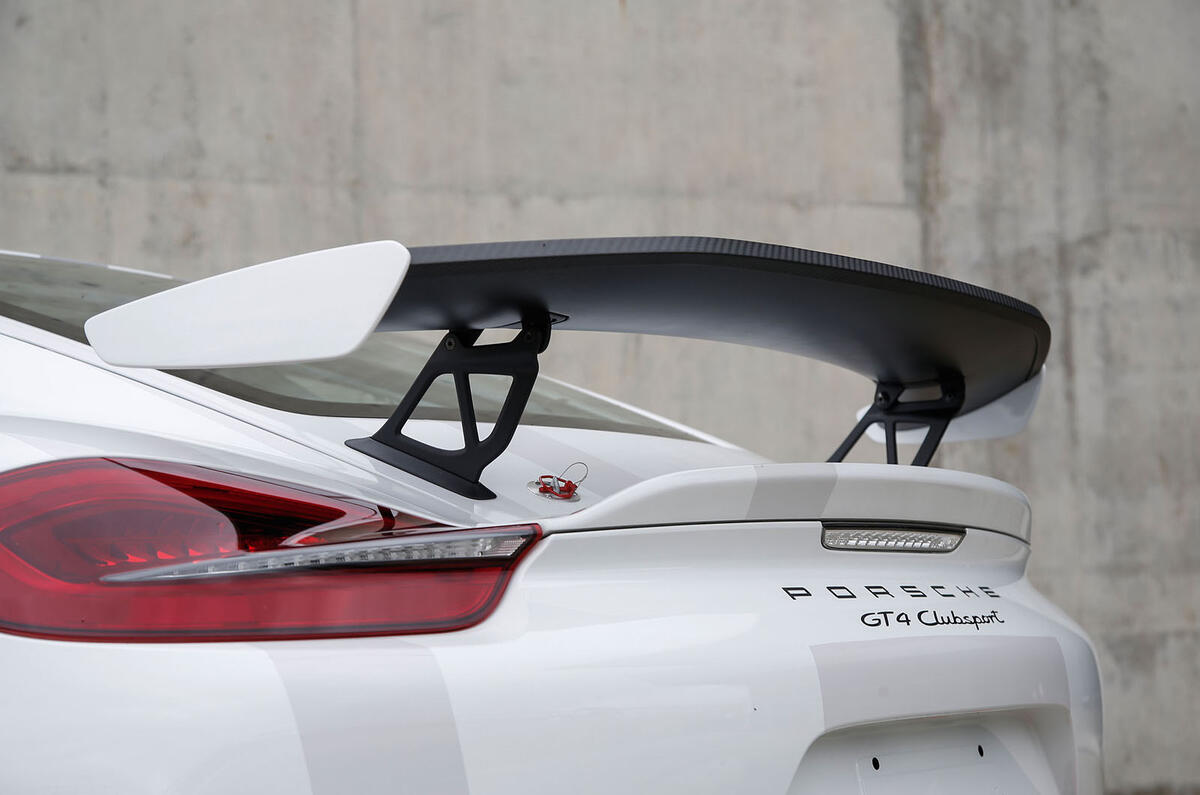

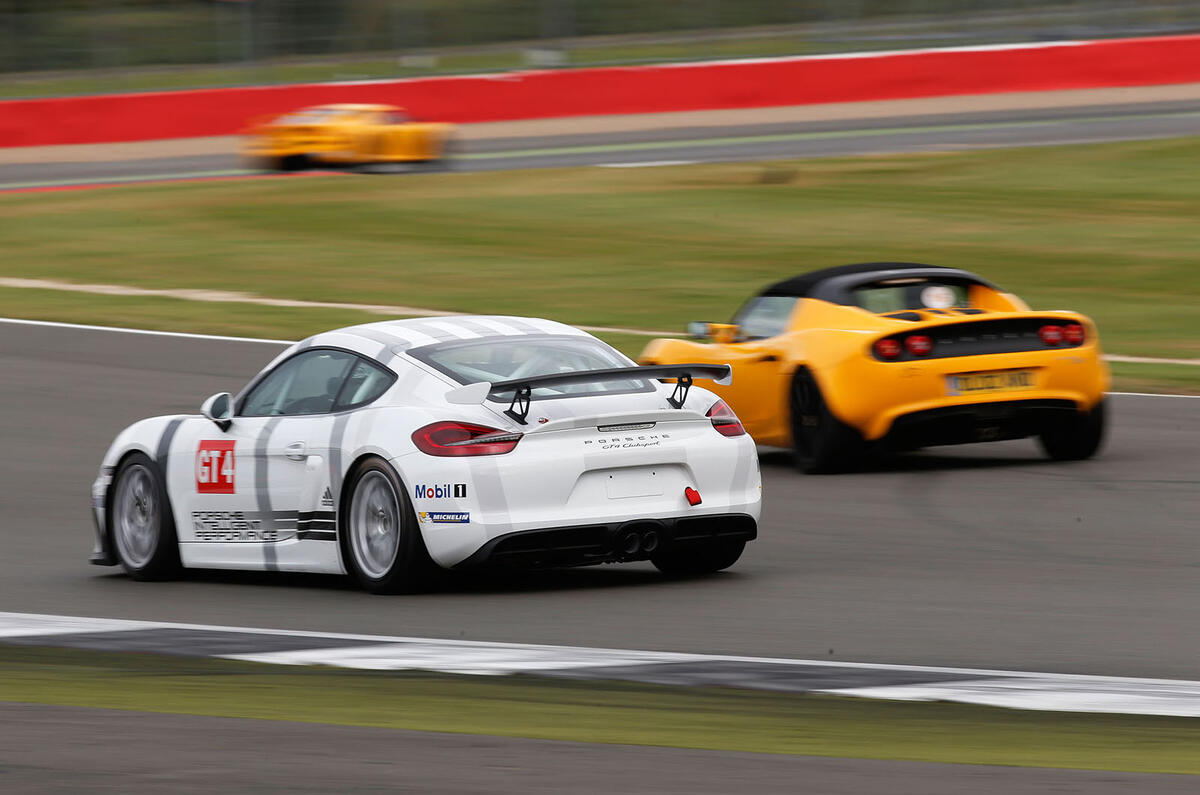

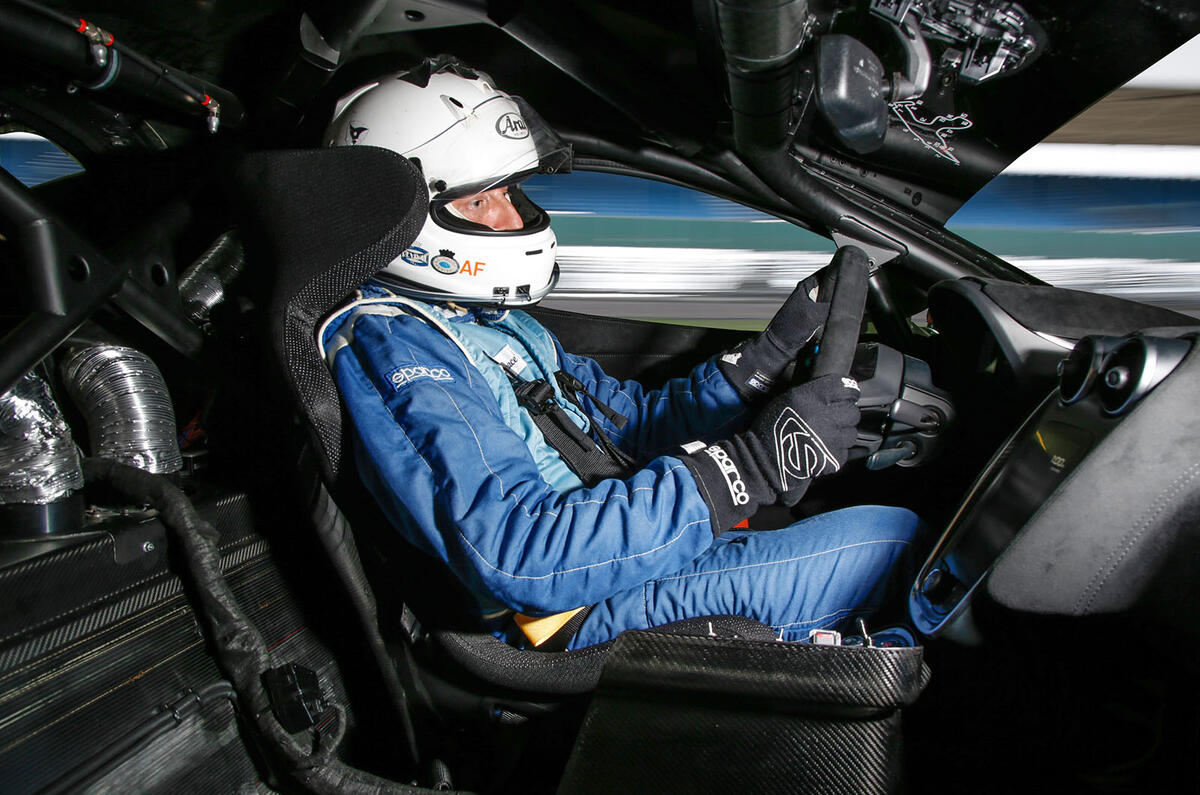







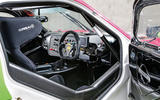
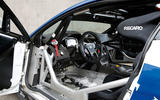
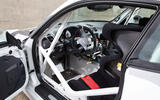
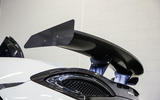
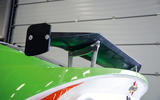


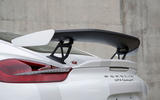

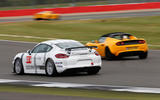



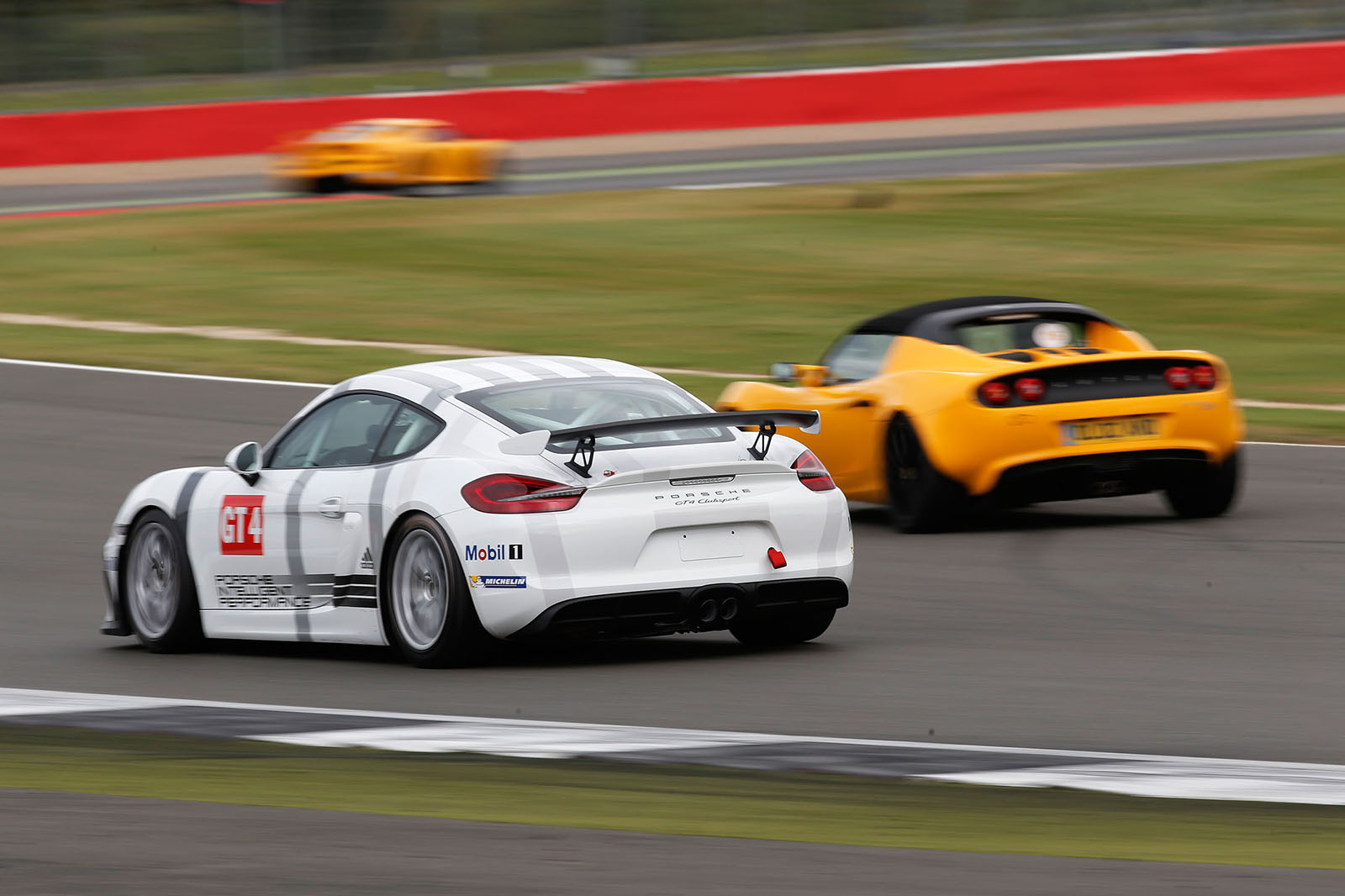
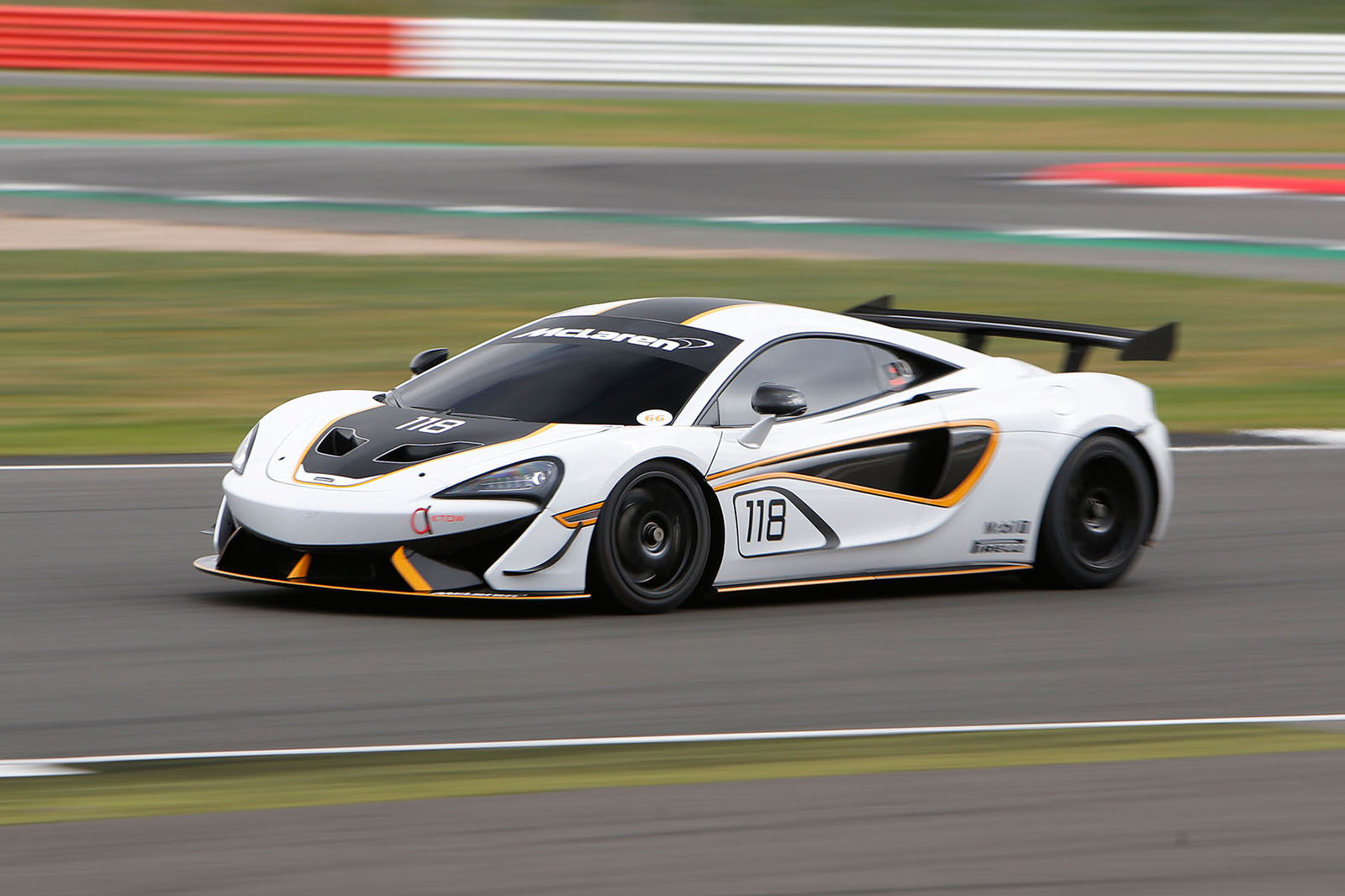
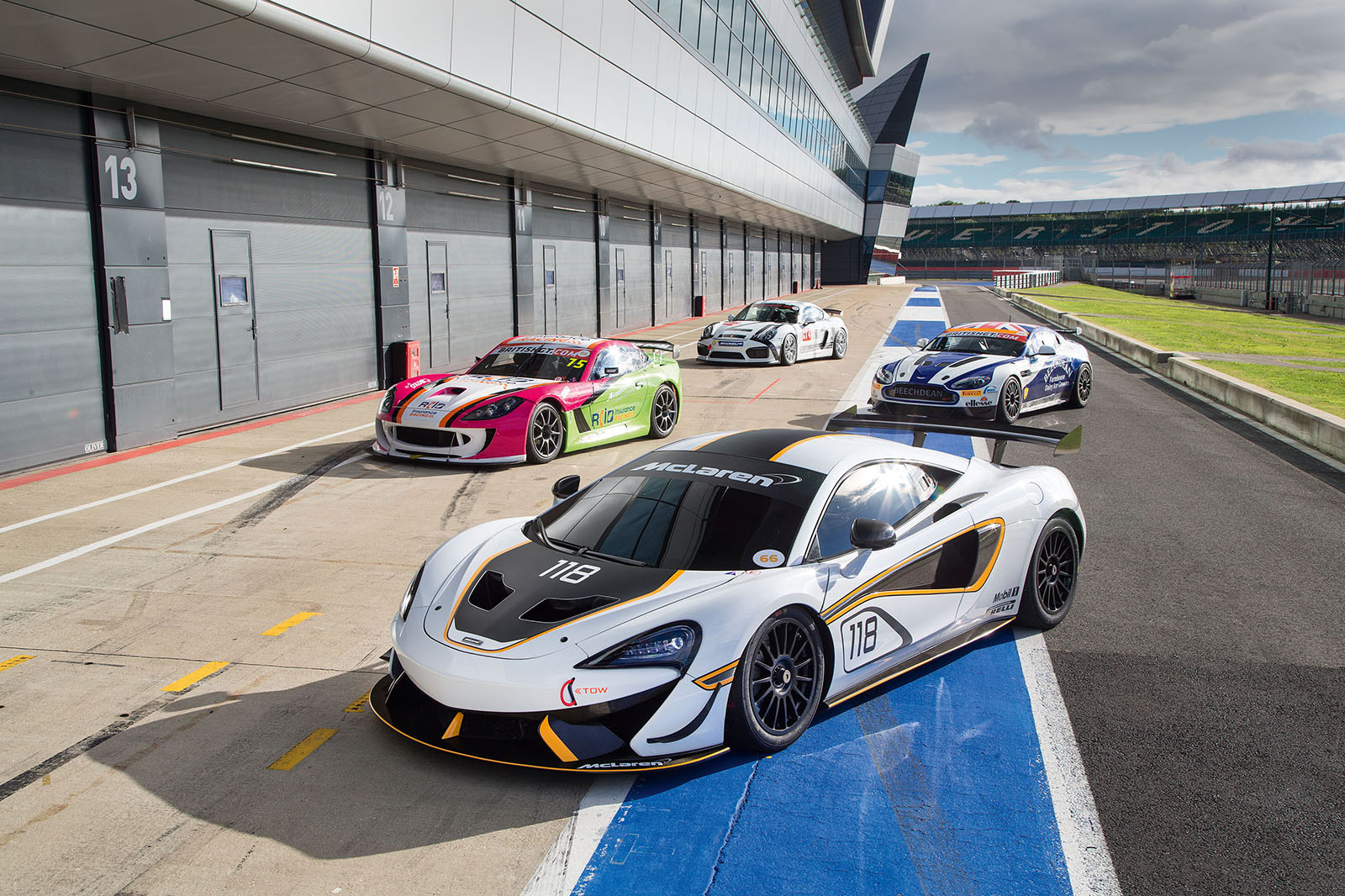

Join the debate
Add your comment
Good Article